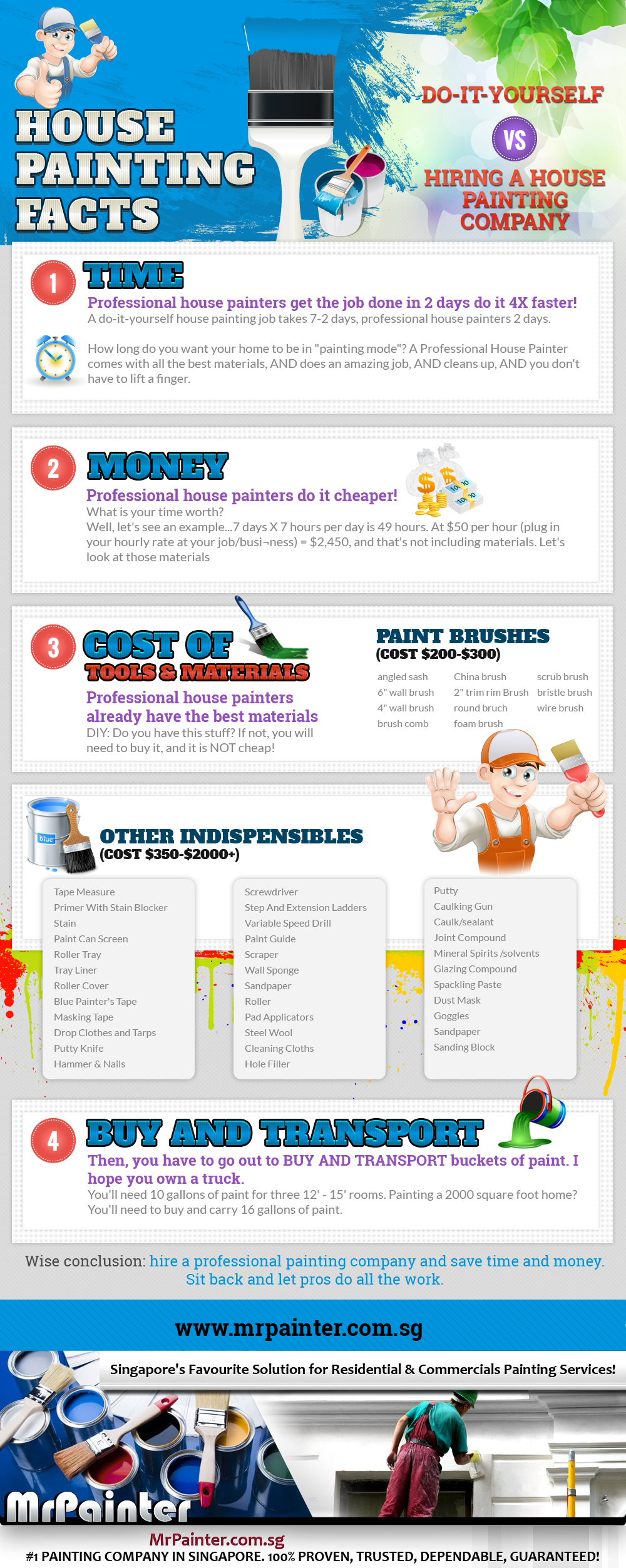Check Out The Effect Of Seasonal Components On The Efficiency Of Commercial Outside Painting And Recognize The Optimum Times To Achieve Enduring Results For Your Project
Check Out The Effect Of Seasonal Components On The Efficiency Of Commercial Outside Painting And Recognize The Optimum Times To Achieve Enduring Results For Your Project
Blog Article
Article Author-Aguilar Skafte
When you're intending a commercial outside paint project, seasonal variables can make or damage your outcomes. You'll want to take into consideration how temperature and moisture impact paint application and drying times. Selecting the ideal period can guarantee your paint sticks effectively and lasts much longer. Yet which periods are really the most effective for this type of work? Let's explore the crucial elements that can impact your project's success.
The Impact of Temperature Level on Paint Application
When you're planning a business outside paint task, the temperature can substantially affect exactly how well the paint adheres and dries out.
Preferably, you want to paint when temperature levels vary in between 50 ° F and 85 ° F. If it's also chilly, the paint may not cure effectively, leading to concerns like peeling off or fracturing.
On the other side, if it's too warm, the paint can dry out also swiftly, preventing appropriate adhesion and leading to an uneven surface.
You ought to likewise think about the time of day; morning or late afternoon provides cooler temperature levels, which can be extra desirable.
Constantly examine the producer's referrals for the details paint you're utilizing, as they typically offer assistance on the ideal temperature range for optimum results.
Moisture and Its Effect on Drying Times
Temperature isn't the only environmental aspect that influences your commercial exterior painting job; moisture plays a considerable role as well. https://www.homesandgardens.com/news/paint-trends-206929 can slow down drying times dramatically, impacting the overall quality of your paint job.
When the air is saturated with dampness, the paint takes longer to cure, which can result in concerns like poor attachment and a greater danger of mildew growth. If you're painting on an especially humid day, be gotten ready for extended wait times in between coats.
It's crucial to keep an eye on local weather conditions and plan as necessary. Ideally, aim for moisture degrees between 40% and 70% for ideal drying.
Keeping these factors in mind guarantees your job stays on track and provides a lasting surface.
Best Seasons for Commercial Exterior Painting Projects
What's the best season for your industrial outside painting jobs?
Spring and very early fall are generally your best options. During these seasons, temperatures are moderate, and humidity levels are typically reduced, developing optimal problems for paint application and drying.
Prevent summertime's intense heat, which can create paint to dry also quickly, resulting in poor adhesion and surface. Similarly, wintertime's cold temperature levels can prevent proper drying and curing, taking the chance of the longevity of your paint work.
Aim for days with temperatures in between 50 ° F and 85 ° F for optimum results. Remember to check the regional weather report for rainfall, as damp problems can ruin your project.
Planning around these factors guarantees your painting task runs smoothly and lasts much longer.
Conclusion
To conclude, planning your business external painting projects around seasonal considerations can make a significant difference in the result. By organizing work during the excellent temperature levels and moisture degrees, you'll make sure better attachment and drying times. continue reading this in mind to watch on neighborhood weather forecasts and select the right time of year-- springtime and very early loss are your best choices. Taking these actions will help you achieve a long lasting and specialist finish that lasts.
